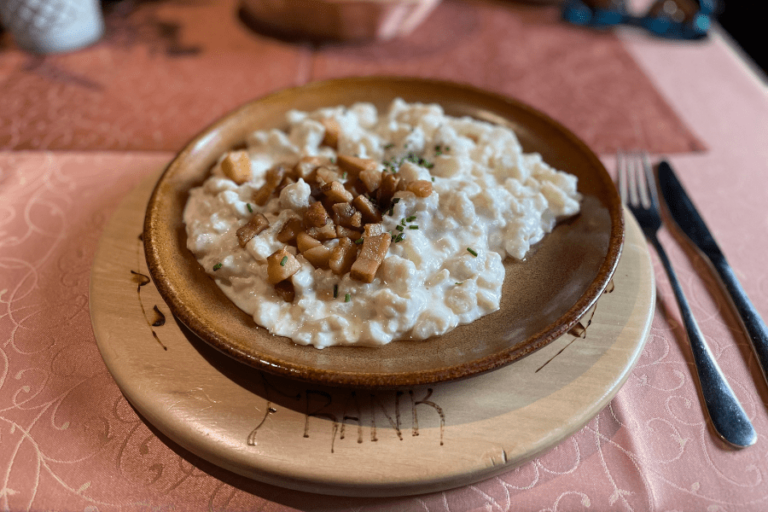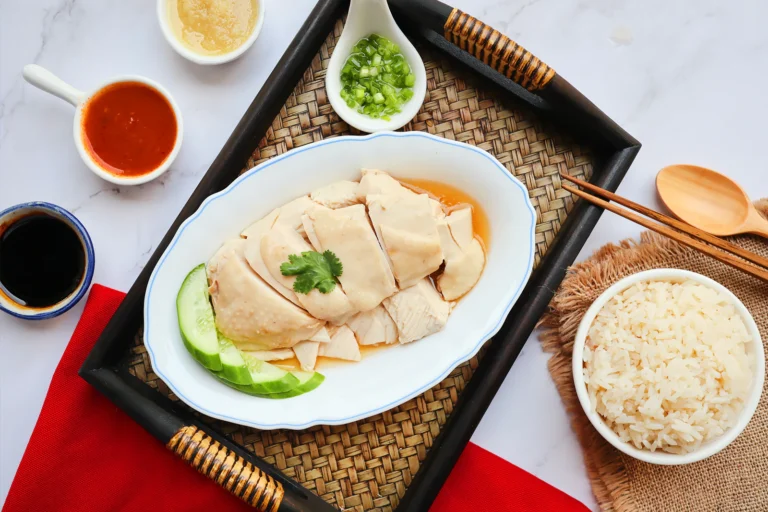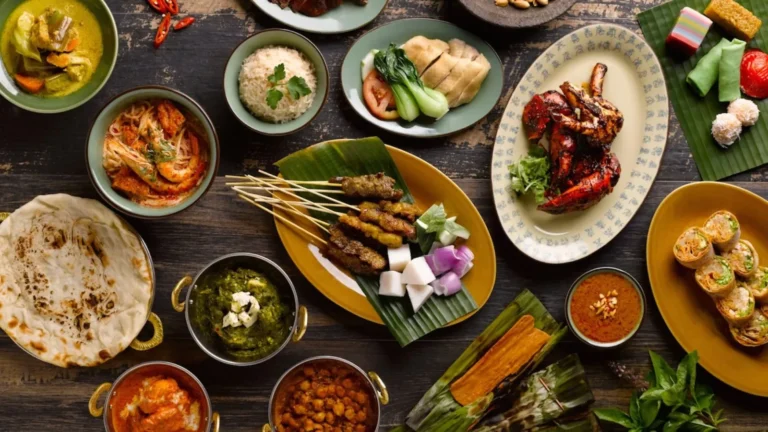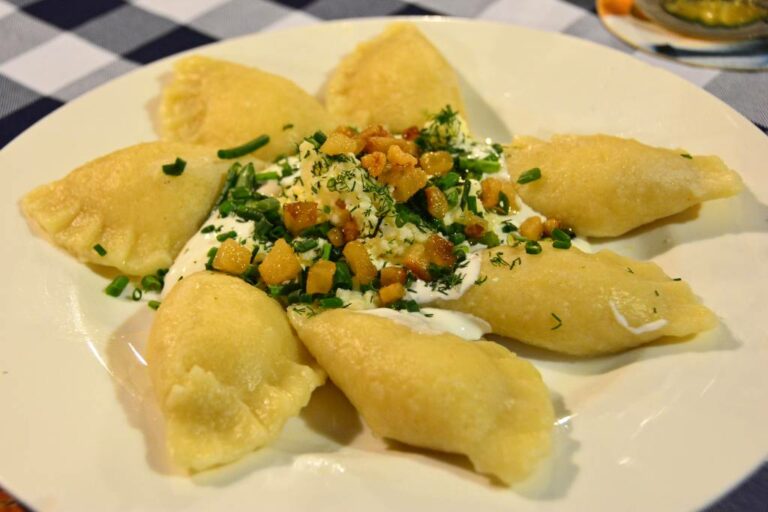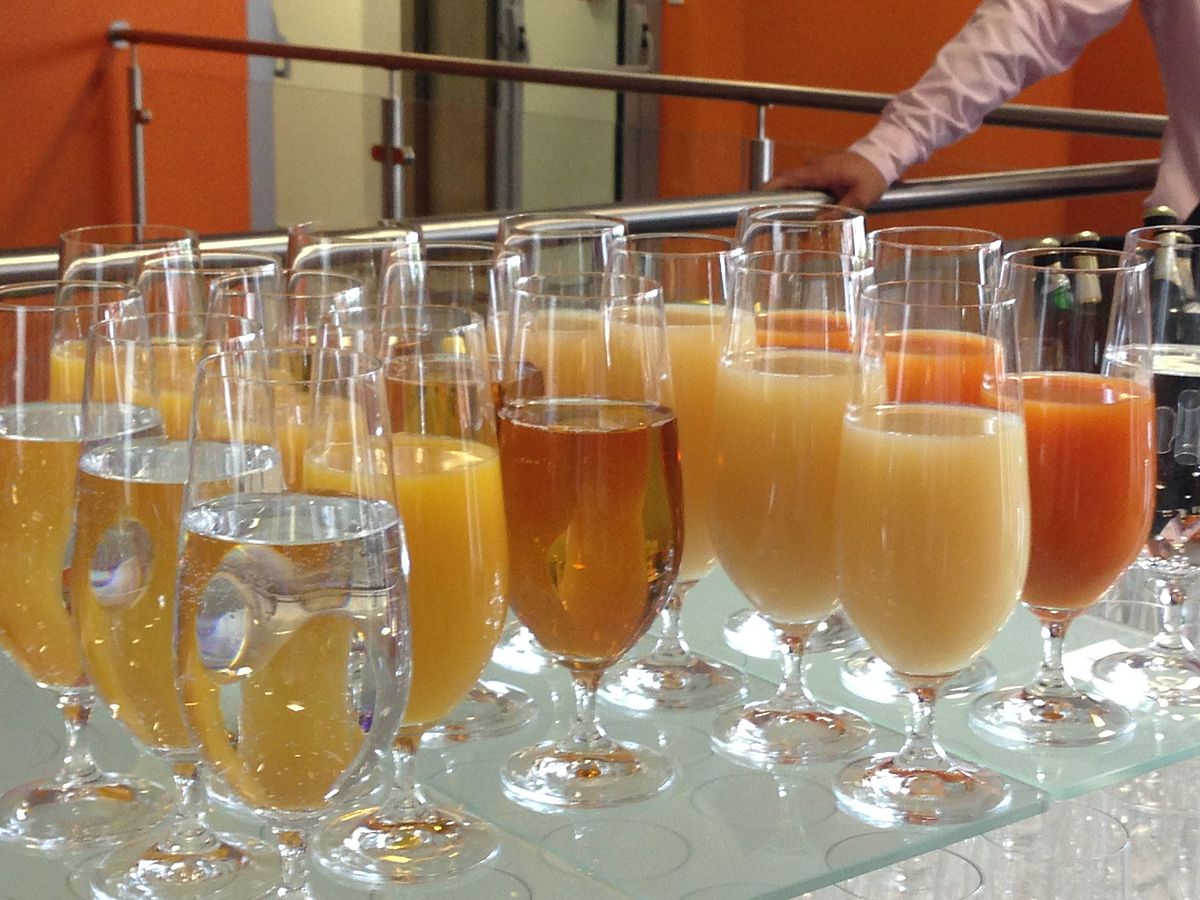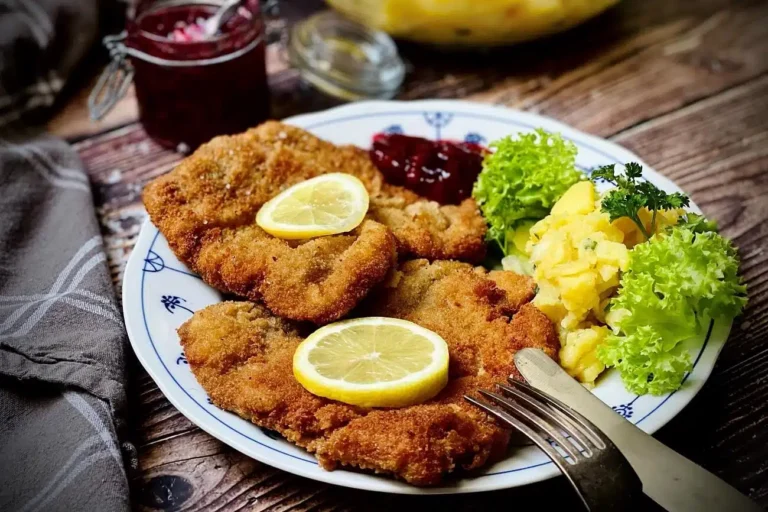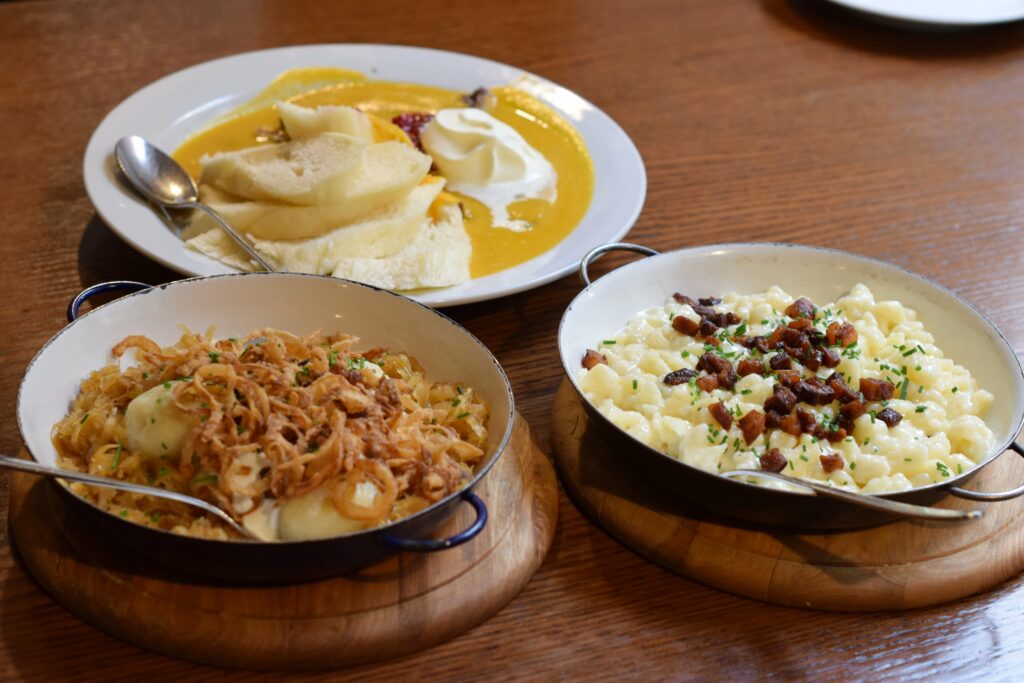Introduction: Food Culture in Singapore
Singapore is a food lover’s paradise with its diverse cuisine and vibrant food culture. Known for its hawker centers and food stalls, Singapore offers a wide range of affordable and delicious eats that are a must-try for any traveler. From traditional local delicacies to Michelin-starred restaurants, Singapore has something to offer for every palate and budget.
Famous Food Stalls: Top Picks
When it comes to famous food stalls in Singapore, there are quite a few that stand out. One of the most popular is the Tian Tian Hainanese Chicken Rice stall in Maxwell Food Centre. Their chicken rice is so good that it has been endorsed by celebrity chef Gordon Ramsay. Another popular stall is the Liao Fan Hong Kong Soya Sauce Chicken Rice & Noodle stall in Chinatown Complex. This stall gained worldwide fame when it became the first hawker stall to be awarded a Michelin star. Other famous food stalls include the Hill Street Tai Hwa Pork Noodle stall, the Jumbo Seafood chili crab stall, and the Old Airport Road Food Centre.
Hawker Centers: A Must-Visit
Hawker centers are a staple of Singapore’s food culture and a must-visit for any foodie. These open-air food markets offer a wide range of affordable and delicious eats, from local favorites to international cuisine. Some of the most popular hawker centers in Singapore include the Maxwell Food Centre, the Chinatown Complex, the Tiong Bahru Market, and the Old Airport Road Food Centre. Visitors can try a variety of dishes from different stalls, making it a great way to sample Singapore’s diverse cuisine.
Michelin-Starred Eateries: Splurge-Worthy
For those looking for a splurge-worthy dining experience, Singapore has several Michelin-starred restaurants to choose from. These restaurants offer a range of cuisines and dining experiences, from French fine dining to Japanese omakase. Some of the most popular Michelin-starred restaurants in Singapore include Odette, Les Amis, Burnt Ends, and Shisen Hanten. While these restaurants are on the pricier side, they offer an unforgettable dining experience that is well worth it.
Local Delicacies: A Taste of Singapore
Singapore is known for its unique and delicious local delicacies, such as laksa, satay, and Hainanese chicken rice. These dishes can be found at hawker centers and food stalls all around Singapore. Other local favorites include char kway teow, nasi lemak, and rojak. Trying these local delicacies is a must for any visitor to Singapore, as they offer a taste of the city-state’s rich culinary heritage.
Hidden Gems: Off-the-Beaten-Path
While Singapore has its fair share of famous food stalls and Michelin-starred restaurants, there are also plenty of off-the-beaten-path eateries that are worth checking out. These hidden gems may not have the same level of fame as some of the other places on this list, but they offer delicious and unique dining experiences. Some hidden gems in Singapore include the famous Hai Nan Xing Zhou Beef Noodles stall, the Muthu’s Curry Indian restaurant, and the Lagnaa Barefoot Dining restaurant. These spots may not be as well-known, but they offer a chance to discover new and exciting flavors in Singapore’s vibrant food scene.


